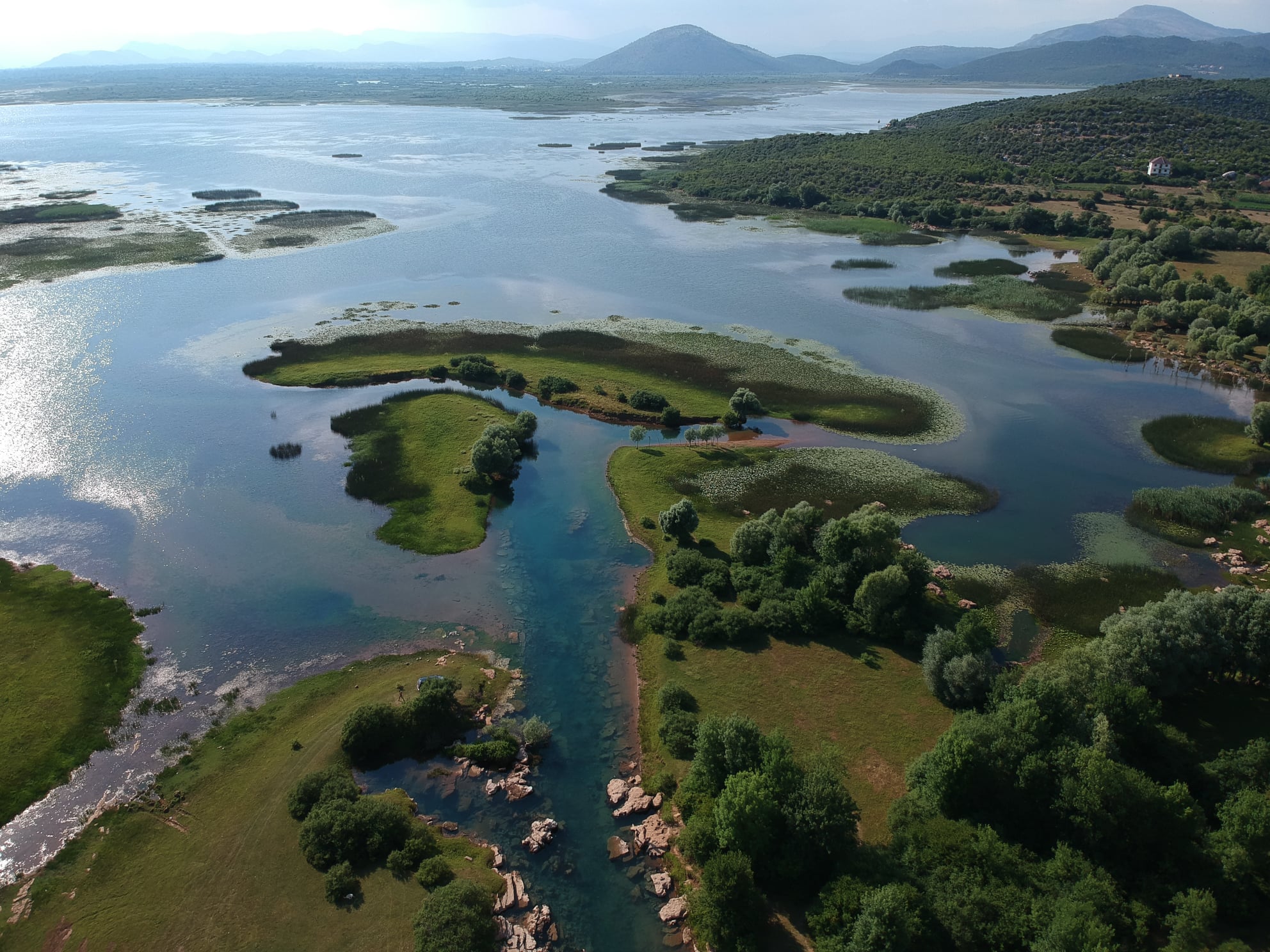TIRANA, February 2
February 2 marks the 50th anniversary of the Ramsar Convention as well as the World Wetlands Day. The day is commemorated every year by the international community to bring attention to the state of wetlands globally, and to raise awareness of their vital role in life on earth.
Why are wetlands important?
There are endless reasons why wetlands are important, but the one that can get into our busy brains is the fact that healthy wetlands mean healthy people. Lessons from COVID-19 put the spotlight on the importance of balance in nature. Long story short, if we want to save ourselves from this one and future pandemic, we must restore and save nature.
What is a wetland?
A wetland (ligatine in Albanian) is an area of land covered by water or saturated with water. They can be found in all continents, except Antarctica, in different types, sizes, and names. They go by names such as marshes, swamps, peatlands, bogs, mangroves, etc. They are divided into freshwater and saltwater categories, coastal or inland.
According to the RAMSAR Convention, wetlands include: “all lakes and rivers, underground aquifers, swamps and marshes, wet grasslands, peatlands, oases, estuaries, deltas, and tidal flats, mangroves and other coastal areas, coral reefs, and all human-made sites such as fish ponds, rice paddies, reservoirs, and salt pans”.
‘Wetlands and water’ is the theme for 2021. It emphasizes the importance of wetlands as a source of freshwater and encourages action to restore them and stop their loss. This also coincides with the UN Decades of Ocean Science and Ecosystem Restoration (2021-2030).
The Ramsar secretariat reports that global wetland losses in the 20th century were 64-71 percent. At the start of the Decade for Ecosystem Restoration people, local communities, governments, and stakeholders must reverse the trend.
Ramsar Sites in Albania
Albania has rich wetlands famous for their biodiversity. It is home to four RAMSAR sites with a total surface of 98.181 hectares. These sites are geographically located in the four corners of the country
Shkodra Lake – Buna River, North-Western Albania
Big and Small Prespa Lakes, Eastern Albania
Karavasta Lagoon – Divjaka Pine, Western Albania
Cuka Canal – Butrint – Stillo Cape, Southern Albania
Dita botërore e ligatinave
____
Çdo vit, me 2 Shkurt, në botë festohet “Dita Botërore Ligatinave”.
Dita Botërore e…Posted by Abdulla Diku on Tuesday, February 2, 2021
Other wetlands include Vjosa-Narta, Kune, Vain, Patoku, Viluni, and smaller swamps across the country.
Wetlands offer many opportunities for the development of sustainable tourism management models. With a growing trend of tourists that want to embrace green tourism, wetlands provide an interconnection between ecosystem preservation and green economies.
Photo credit: Abdulla Diku

Leave a Reply
You must be logged in to post a comment.